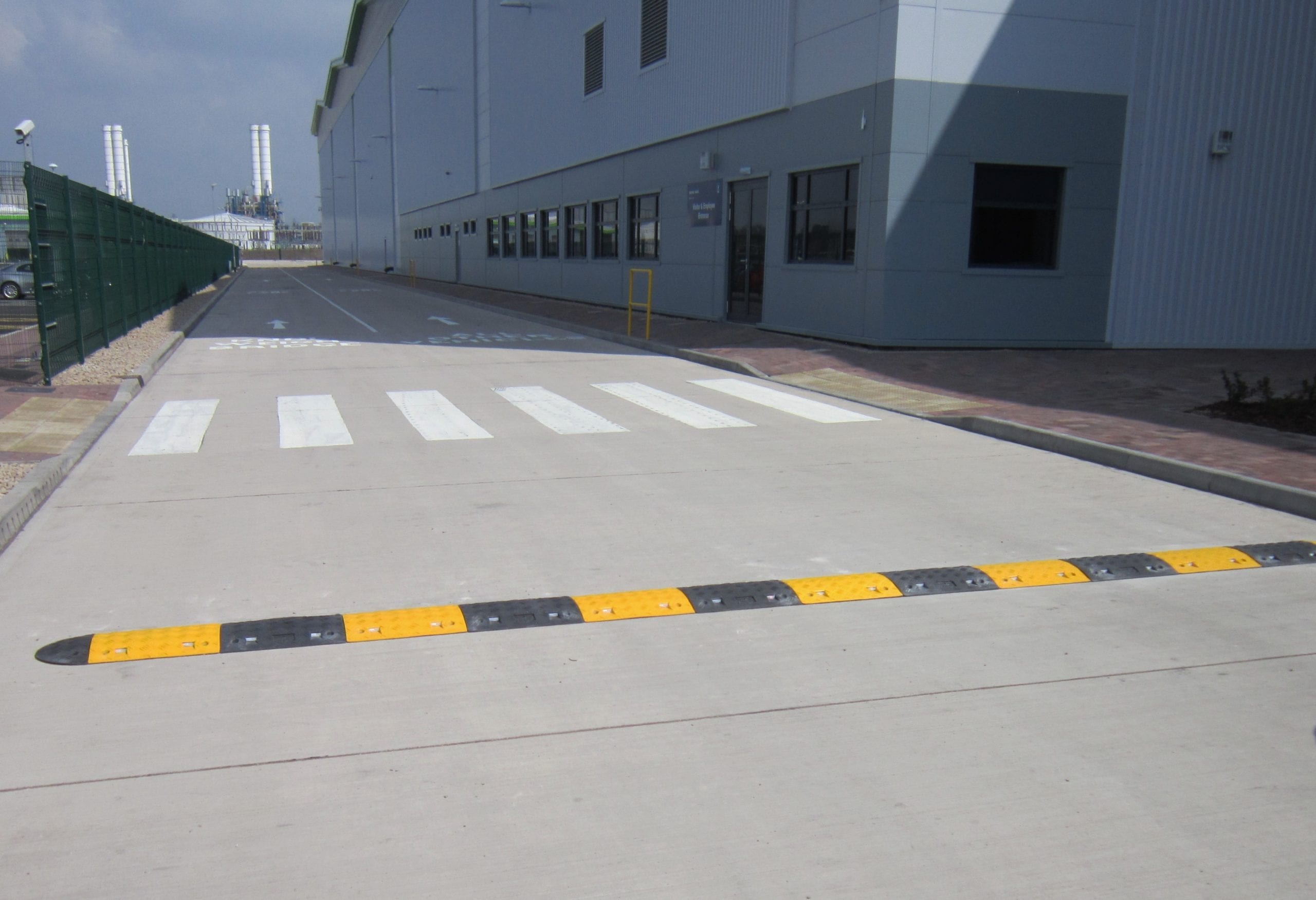Speed bumps, also known as traffic calming devices, are commonly used to manage and reduce vehicle speeds in various areas. Their primary objective is to enhance safety for pedestrians and cyclists and to encourage drivers to adhere to posted speed limits. Despite their benefits, speed bumps can also have some drawbacks that affect traffic flow and vehicle comfort. This article explores the pros and cons of speed bumps and their overall impact on road safety and efficiency.
Benefits of Speed Bumps
- Enhanced Safety: Speed bumps are highly effective in reducing vehicle speeds, particularly in residential areas, school zones, and parking lots. By forcing drivers to slow down, speed bumps decrease the likelihood of accidents involving pedestrians and cyclists.
- Reduced Traffic Accidents: Lower speeds mean that vehicles have more time to react to sudden obstacles or changes in the road environment. This can lead to a reduction in both the frequency and severity of traffic accidents.
- Encourages Compliance: The presence of speed bumps often encourages drivers to adhere to posted speed limits, creating a safer driving environment. This is especially important in areas with a high volume of foot traffic or near sensitive locations such as schools and hospitals.
- Cost-Effective Solution: Speed bumps are relatively inexpensive to install and maintain compared to other traffic management solutions. They provide a simple yet effective way to manage traffic speeds without requiring extensive infrastructure changes.
Drawbacks of Speed Bumps
- Traffic Flow Disruption: Speed bumps can disrupt the smooth flow of traffic, particularly on busy roads. Vehicles may experience stop-and-go conditions as they slow down to navigate the bumps, which can lead to increased travel times and congestion.
- Vehicle Wear and Tear: Frequent driving over speed bumps can lead to increased wear and tear on vehicles, particularly on their suspension systems. This can result in higher maintenance costs for vehicle owners.
- Noise and Vibration: Speed bumps can create noise and vibration when vehicles drive over them. This can be a nuisance for residents living near the bumps and may contribute to noise pollution in the area.
- Emergency Vehicle Delays: Speed bumps can delay emergency vehicles such as ambulances, fire trucks, and police cars. This delay can be critical in emergency situations where time is of the essence.
Alternatives to Speed Bumps
In some cases, alternative traffic calming measures may be more appropriate than speed bumps. These alternatives include:
- Speed Humps: These are similar to speed bumps but are longer and less severe, allowing for a smoother ride while still reducing speeds.
- Speed Cushions: Speed cushions are designed with gaps that allow wider vehicles, such as emergency vehicles, to pass through without significantly slowing down.
- Roundabouts: Roundabouts can help control vehicle speeds and improve traffic flow by reducing the need for stop-and-go conditions.
Conclusion
Speed bumps are a valuable tool in managing vehicle speeds and enhancing road safety, particularly in high-traffic or sensitive areas. However, they come with trade-offs that can impact traffic flow, vehicle maintenance, and overall convenience. By carefully considering the specific needs of a roadway and exploring alternative traffic calming measures, communities can effectively balance safety and efficiency in their traffic management strategies.
More info at https://unimat-traffic.com/products/speed-bumps-humps/
